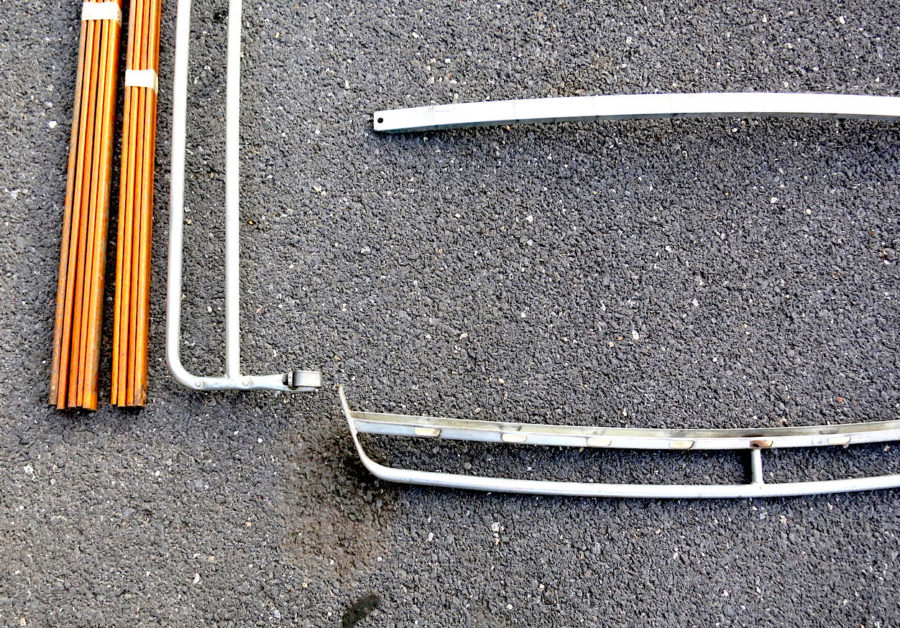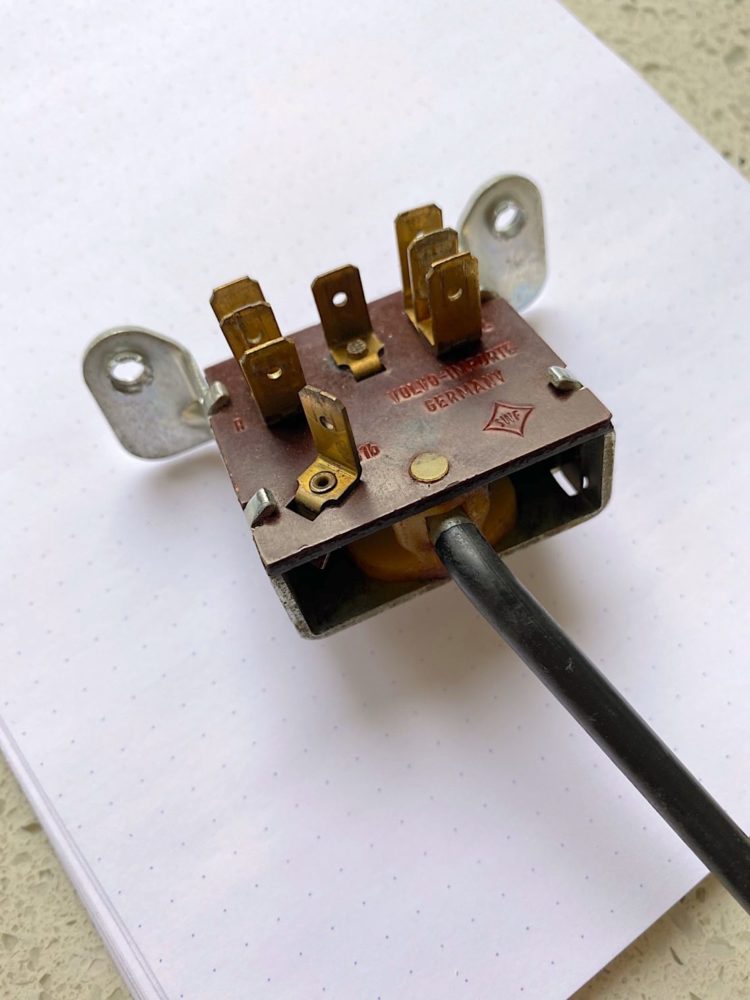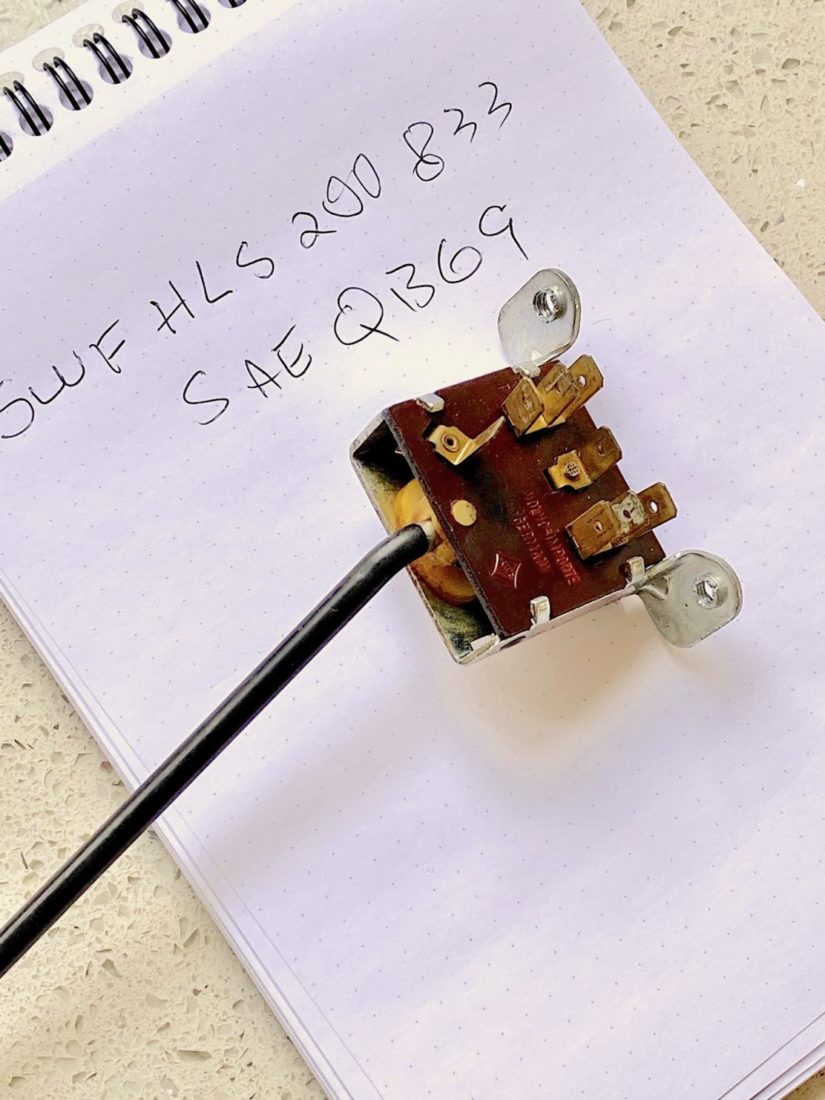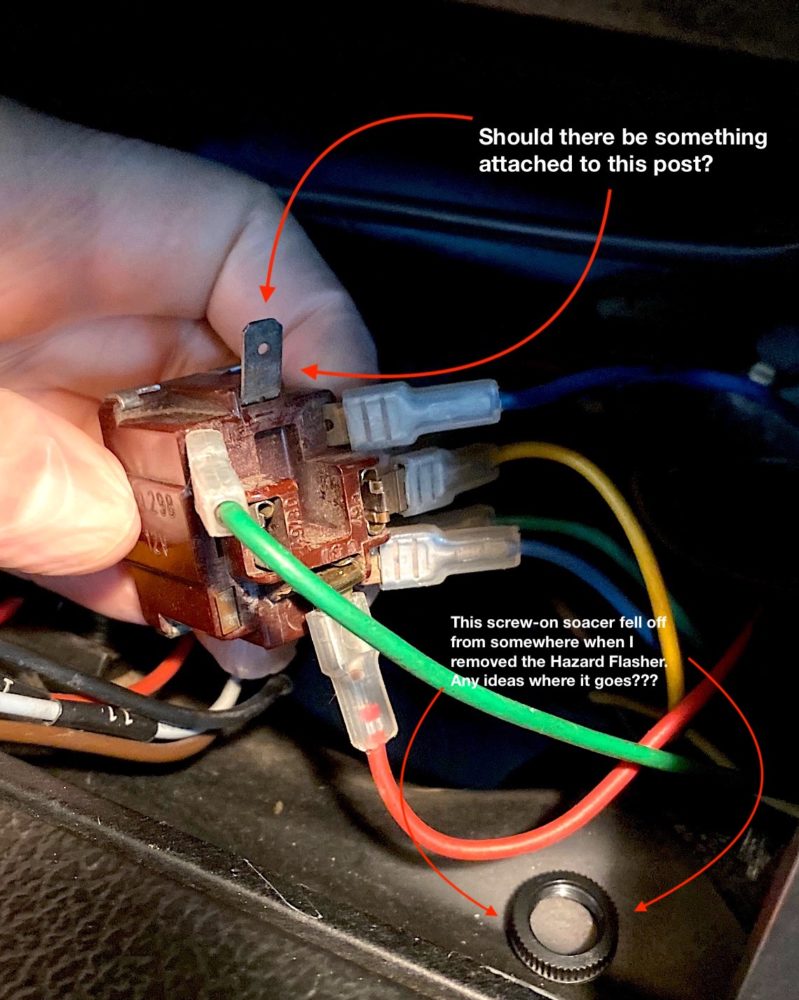alschnertz
Enough already!
- Joined
- Oct 4, 2009
- Location
- CT
I get discouraged after time with this project but yesterday was a better day.
Don't get discouraged.
These cars are so simple.
It's amazing how often all it takes is removing, cleaning and reassembling to get something operable again.
If a dope like me can make an early 140 a dependable driver, anyone can.







